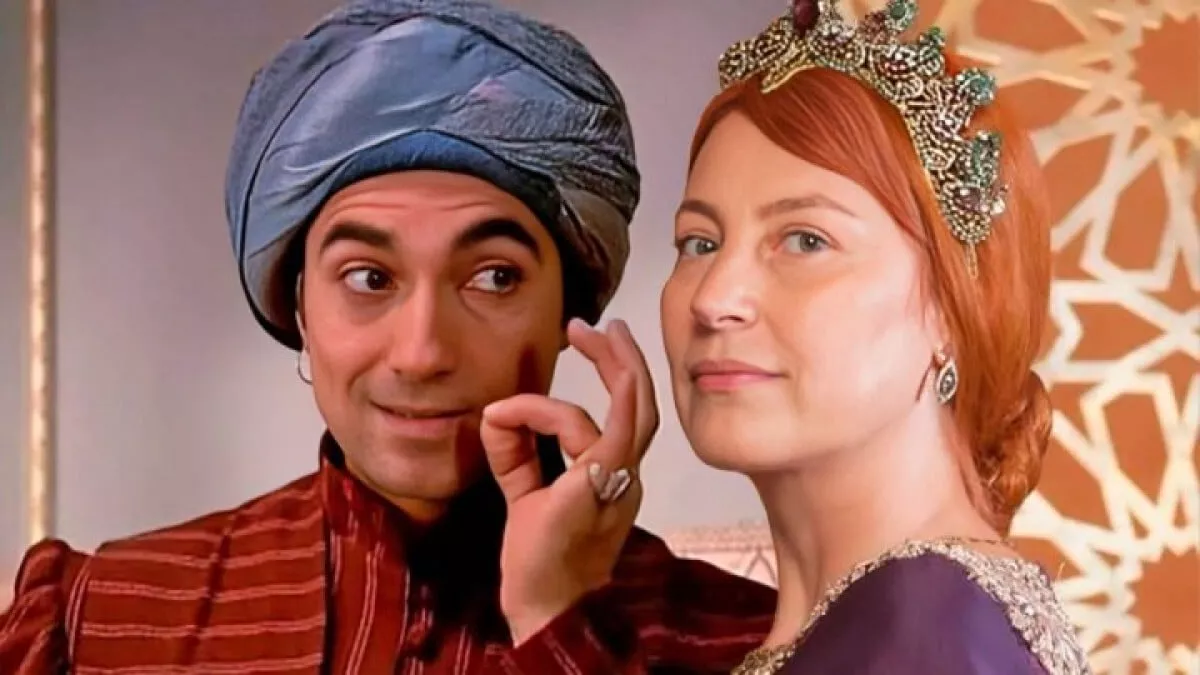
In the historical center of Istanbul, in the area where the ancient Roman-era Zevksippa baths are located, the Hürrem Sultan bathhouse, an important architectural and social object of the 16th century, operates. This was reported by Upl.uz.
This building was commissioned in 1556 by Hürrem Sultan, the influential wife of the Ottoman Sultan Suleiman the Magnificent. Over time, this forgotten structure was later restored and is now recognized as one of Istanbul's most prestigious spa complexes.
Hürrem Sultan is the initiator of the construction and is famous in European culture as Roxelana. She aimed to create a useful building for the public instead of a new monument.
This project was entrusted to Mimar Sinan, a leading representative of Ottoman architectural art. The architect, supporting a new approach in his time, developed the design for a building 75 meters long.
Its uniqueness lies in the existence of two symmetrical sections, separate for men and women, but located side by side. This decision differed from the traditional arrangement, allowing women to regularly use the bathhouse.
The bathhouse is strategically located between the Blue Mosque and Hagia Sophia, serving not only as a washing place but also, especially for women, as a social meeting center. Here, they found an opportunity for solitude and communication away from daily worries.
In the 20th century, this building went through difficult times. Starting from 1910, the bathhouse ceased to perform its original function.
In the following decades, it was used for various purposes: temporarily accommodating excess prisoners from a prison, serving as a warehouse for paper and fuel, and later functioning as a carpet store. As a result, the interior, which was previously decorated with white marble and gold ornaments, was completely ruined.
In 2008, a comprehensive restoration project for the building was initiated by the Turkish government. More than 11 million dollars were spent on the restoration work that lasted three years, which was equivalent to 17 million Turkish lira at that time.
During the work carried out by specialists from the Faculty of Architecture of Kocaeli University, the stability of the building was ensured, and the historical decorations were accurately restored. In 2011, the bathhouse reopened its doors, transformed into an elite spa complex that harmonizes the traditions of traditional Ottoman baths with modern service standards.
Mimar Sinan's architectural solution stands out not only for its symmetrical planning but also for the inclusion of the men's section, decorated in portico and dome shape. This style was rare in the architecture of Ottoman baths of that time and aimed to highlight the high status of the structure.
During the restoration, approximately 1300 square meters of "Marmara" marble were used in the Hürrem Sultan bathhouse. This marble was originally used by Mimar Sinan in the initial construction and was extracted from the island named after the Sea of Marmara.







